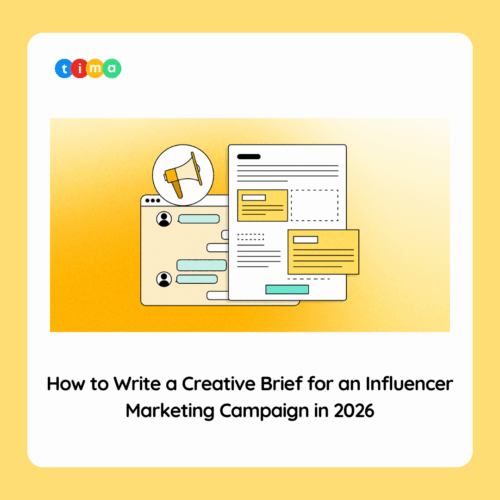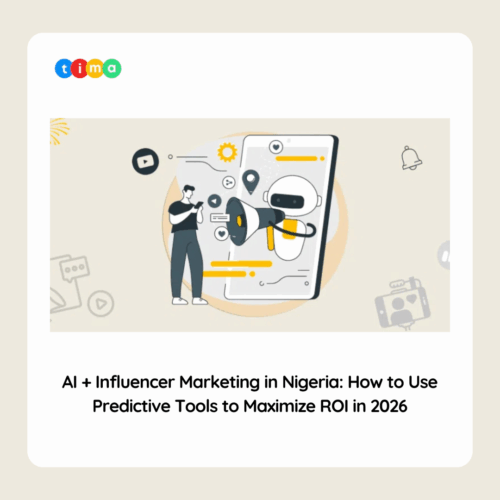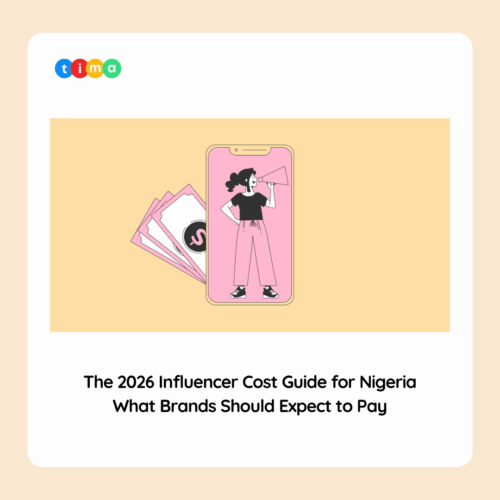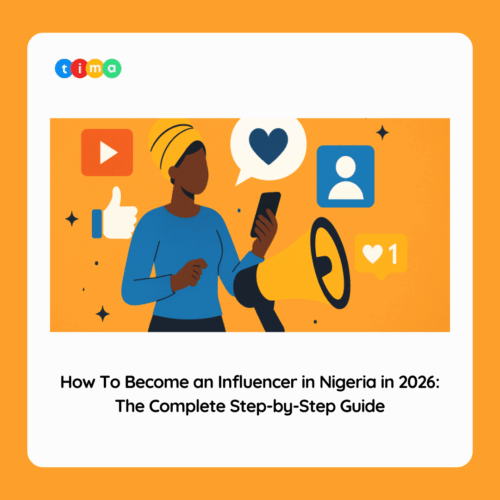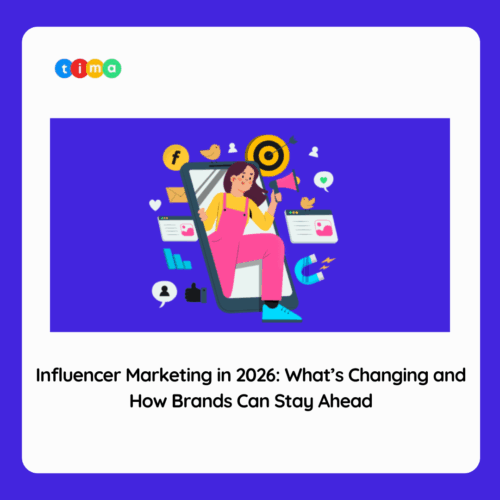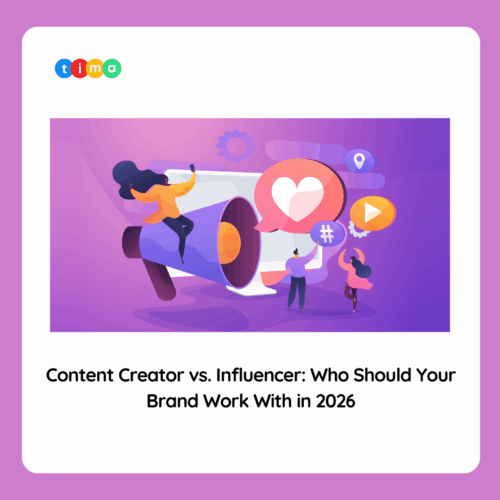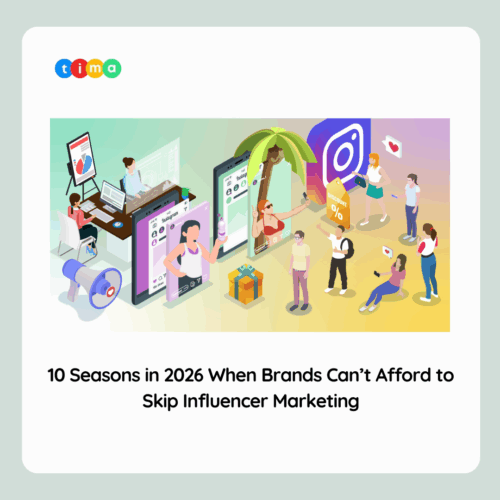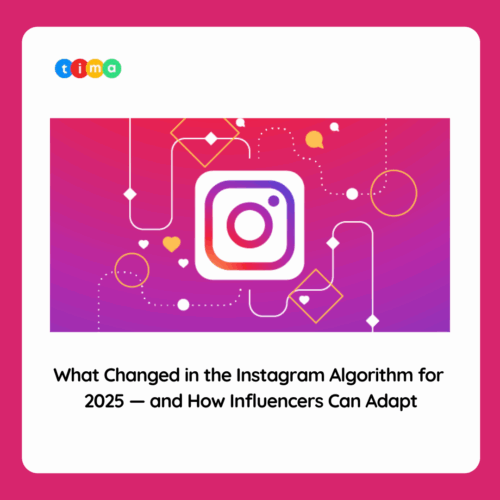Influencer marketing is not a new concept; it has been around for centuries in various forms. From monarchs endorsing products to celebrities featuring in advertisements, the idea of leveraging a person’s influence to promote a brand is well-established. However, the rise of social media has transformed influencer marketing into a multi-billion-dollar industry. According to recent estimates, the global influencer marketing industry is valued at approximately $24 billion, and this figure is expected to grow as more brands recognize the potential of this marketing strategy.
Despite its popularity, influencer marketing is not without its challenges. One of the biggest hurdles for brands is ensuring that their influencer partnerships yield a high ROI. With influencer marketing ad spend averaging $5.78 per internet user, it’s crucial for brands to make informed decisions to avoid wasting resources. Fortunately, advances in technology, particularly AI, have led to the development of tools that can help brands maximize their ROI.
Influencer Marketing Platforms: Finding the Perfect Match
One of the first and most crucial steps in influencer marketing is finding the right influencer. The success of your campaign heavily depends on the alignment between the influencer’s audience and your target market. A common misconception is that a larger follower count automatically equates to a better campaign. However, the reality is that relevance and engagement are far more important than sheer numbers.
AI-Powered Influencer Discovery: To navigate the vast sea of influencers, brands can turn to AI-powered influencer marketing platforms. These platforms use advanced algorithms to sift through thousands of profiles, analyzing key metrics such as audience demographics, engagement rates, and content style. Tools like Influencity and Upfluence offer detailed insights into an influencer’s audience, allowing brands to identify the best potential partners who can genuinely resonate with their target market.
These platforms also help in mitigating risks associated with influencer fraud. Fake followers and engagement can significantly skew an influencer’s perceived value. AI tools can detect these anomalies by analyzing follower growth patterns, engagement authenticity, and other behavioral metrics, ensuring that your investment is directed toward influencers with real, engaged audiences.
Influencer Relationship Management: Once you’ve identified potential influencers, managing these relationships effectively is key to a successful campaign. Platforms like AspireIQ and Traackr offer comprehensive influencer relationship management tools that help brands maintain organized communication, track campaign progress, and measure performance. These tools often include features for contract management, content approval workflows, and payment processing, making the entire process more seamless and efficient.
Content Repurposing Tools: Maximizing Content Value
Creating high-quality content is at the heart of any successful influencer marketing campaign. However, constantly producing new content for different platforms can quickly drain resources. This is where content repurposing tools come into play, allowing brands to stretch their content further while maintaining consistency across channels.
AI-Driven Content Repurposing: AI-powered tools like Lately and ContentBot can take a piece of content and transform it into various formats suitable for different platforms. For example, a long-form blog post can be condensed into bite-sized social media updates, or a video can be transcribed and turned into an article or infographic. These tools leverage natural language processing (NLP) and machine learning to understand the context and key messages of the original content, ensuring that the repurposed versions maintain the brand’s voice and message.
One notable tool in this space is ArticleX, which allows brands to repurpose video and audio content into SEO-optimized blog posts. By repurposing content in this way, you not only save time and resources but also enhance your content’s visibility across multiple platforms, increasing the overall impact of your influencer marketing efforts.
Optimizing Content for Different Platforms: Different platforms require different content approaches. What works on Instagram may not resonate on LinkedIn. Tools like Hootsuite and Buffer offer scheduling and optimization features that tailor your content to the specific nuances of each platform. These tools analyze your audience’s behavior and suggest the best times to post, the ideal format, and even the most effective hashtags to use, ensuring that your content reaches the right people at the right time.
AI-Powered Analytics: Measuring Success and Optimizing Campaigns
Data is the backbone of any marketing strategy, and influencer marketing is no exception. To maximize ROI, brands need to continuously monitor and analyze campaign performance. This not only helps in assessing the effectiveness of current campaigns but also provides valuable insights for future strategies.
Advanced Analytics Platforms: AI-powered analytics platforms like Google Analytics and Analisa.io go beyond basic metrics like likes and shares. They offer in-depth analysis of engagement, audience sentiment, and conversion rates. By tracking these metrics, brands can gain a clearer understanding of which influencers are driving the most value and which types of content are resonating with their audience.
These platforms also provide predictive analytics, helping brands anticipate trends and adjust their strategies accordingly. For example, if a particular type of content is gaining traction, the platform can suggest doubling down on that content type or even identifying emerging influencers who excel in that niche.
ROI Calculation and Optimization: Tools like ROI Influencer Score help brands calculate the exact return on investment for each influencer partnership. This is crucial for understanding the true value of your campaigns and making informed decisions about where to allocate future budgets. These tools factor in not just direct sales but also brand awareness, engagement, and long-term customer loyalty, providing a holistic view of your campaign’s impact.
By using these analytics tools, brands can identify underperforming campaigns early on and make necessary adjustments. Whether it’s tweaking the messaging, changing the content format, or even switching influencers, these insights enable brands to optimize their campaigns in real time, ensuring that they are always on track to meet their goals.
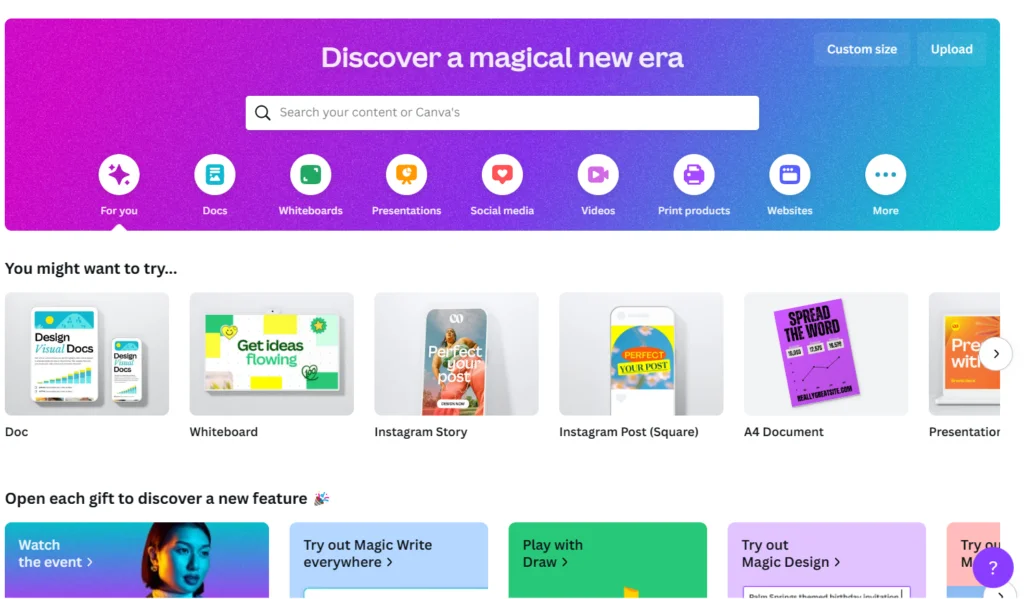
Influencer Collaboration Tools
Collaboration is at the heart of influencer marketing, and effective collaboration requires the right tools. Influencer collaboration tools are designed to facilitate the creative process, making it easier for brands and influencers to work together on content creation and campaign planning.
Canva and Trello are two popular tools that offer features tailored to influencer collaboration. Canva provides a user-friendly platform for creating and sharing visual content, while Trello offers project management capabilities that allow brands and influencers to coordinate tasks and timelines. These tools help ensure that both parties are on the same page, reducing the risk of miscommunication and delays.
Collaboration tools also make it easier for brands to maintain creative control over their campaigns. By providing a platform for sharing ideas and feedback, these tools help ensure that the final content aligns with the brand’s vision and goals. This level of control is essential for maximizing ROI, as it allows brands to ensure that their influencer partnerships are delivering the desired results.
The Future of Influencer Marketing Tools
As technology continues to evolve, so too will the tools available to influencer marketers. The next wave of influencer marketing tools is likely to focus on even more advanced AI capabilities, such as predictive analytics and real-time sentiment analysis. These tools will enable brands to anticipate trends and respond to audience feedback more quickly, further enhancing the effectiveness of their campaigns.
Additionally, we can expect to see more tools that focus on niche markets and micro-influencers. While mega-influencers have traditionally dominated the influencer marketing landscape, there is growing recognition of the value that smaller, more targeted influencers can bring. Tools that help brands identify and collaborate with these influencers will be essential for maximizing ROI in the coming years.
Conclusion
Influencer marketing is a powerful tool for brands looking to connect with their audience, build credibility, and drive sales. However, as the industry continues to grow, so do the costs associated with it. To ensure that their influencer marketing efforts are delivering the best possible ROI, brands must leverage the right tools.
From influencer marketing platforms to AI-powered analytics, content repurposing tools, and campaign management solutions, there are a variety of tools available to help brands optimize their influencer marketing campaigns. By investing in these tools, brands can reduce costs, improve efficiency, and ultimately maximize the value of their influencer partnerships.
TIMA is a Data-Driven Influencer marketing agency in Lagos, Nigeria. Home to Africa’s most influential Creators, Publishers & Brands focused on connecting brands to millions of people through our African influencer network. We specializes in everything influencer marketing with result driven strategies.



